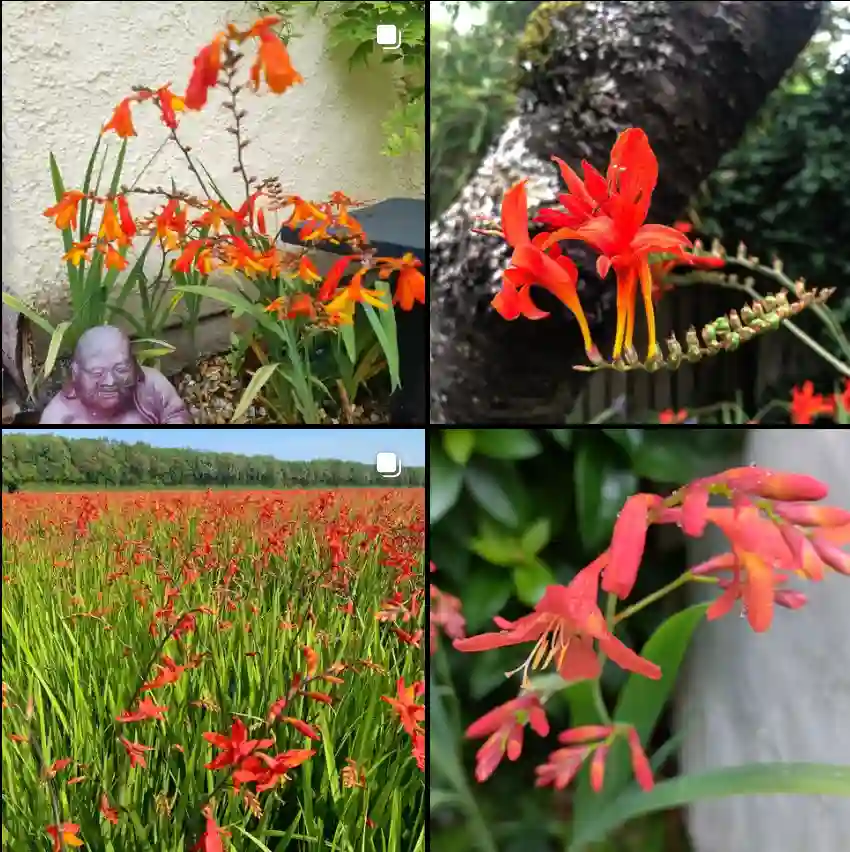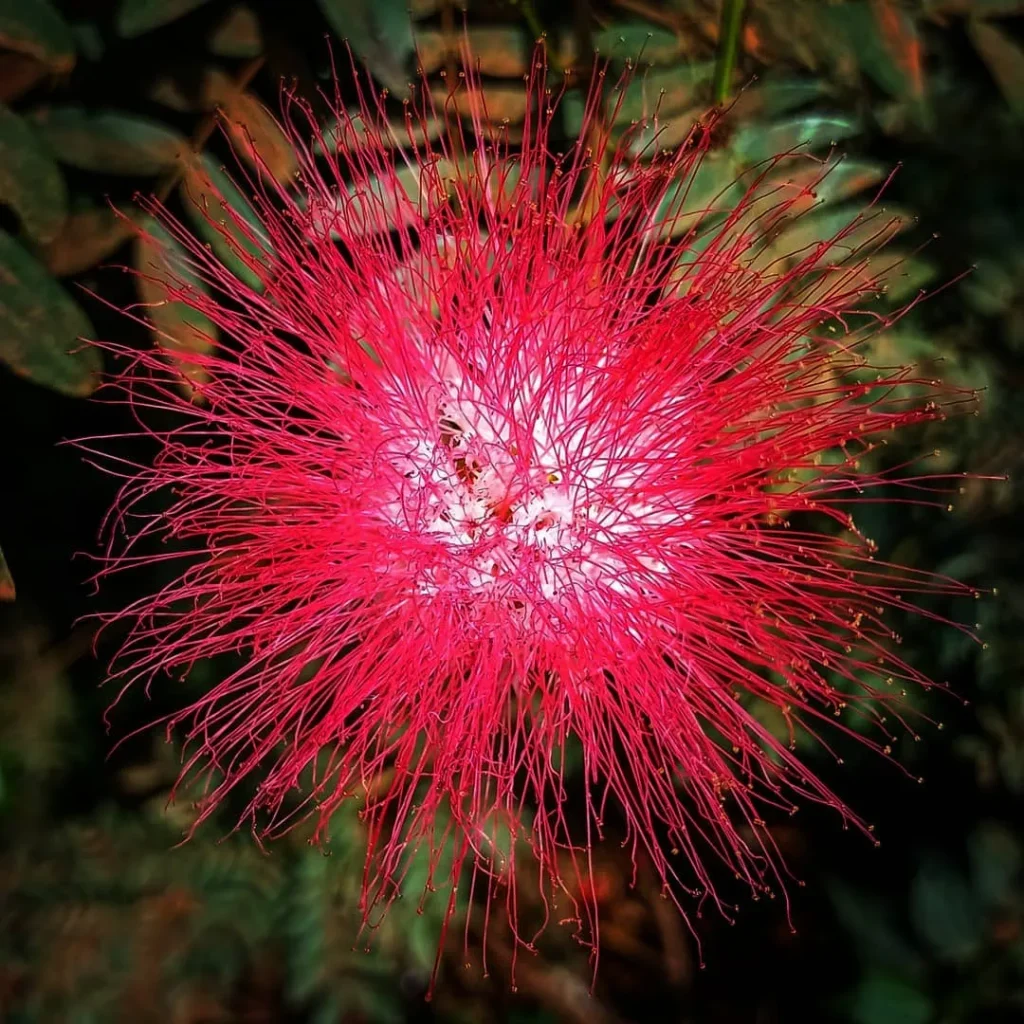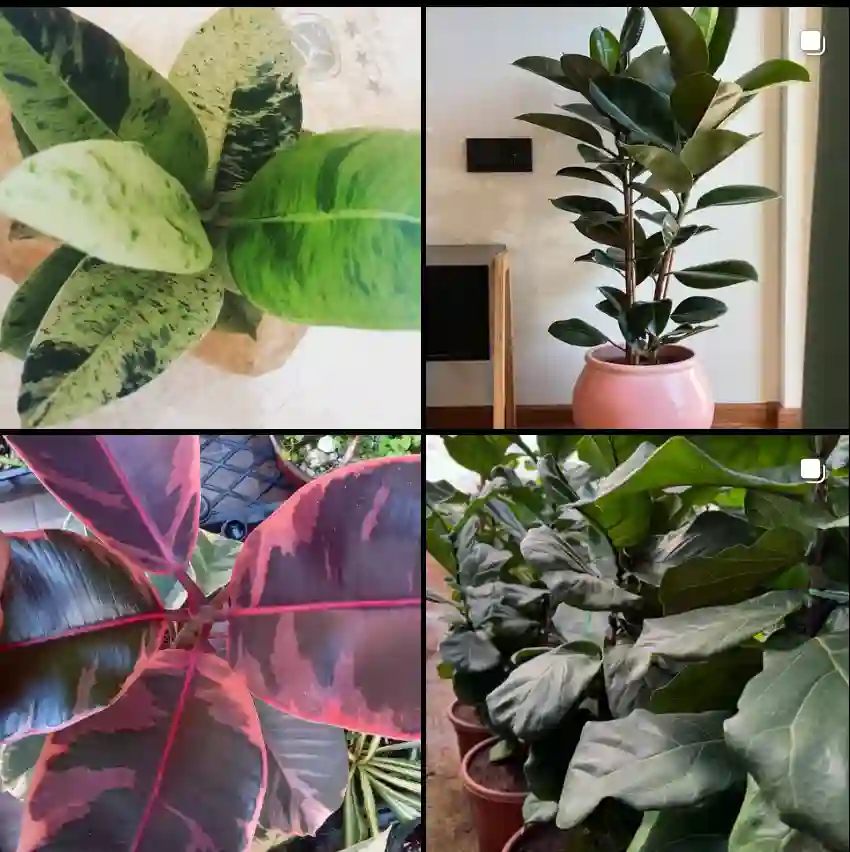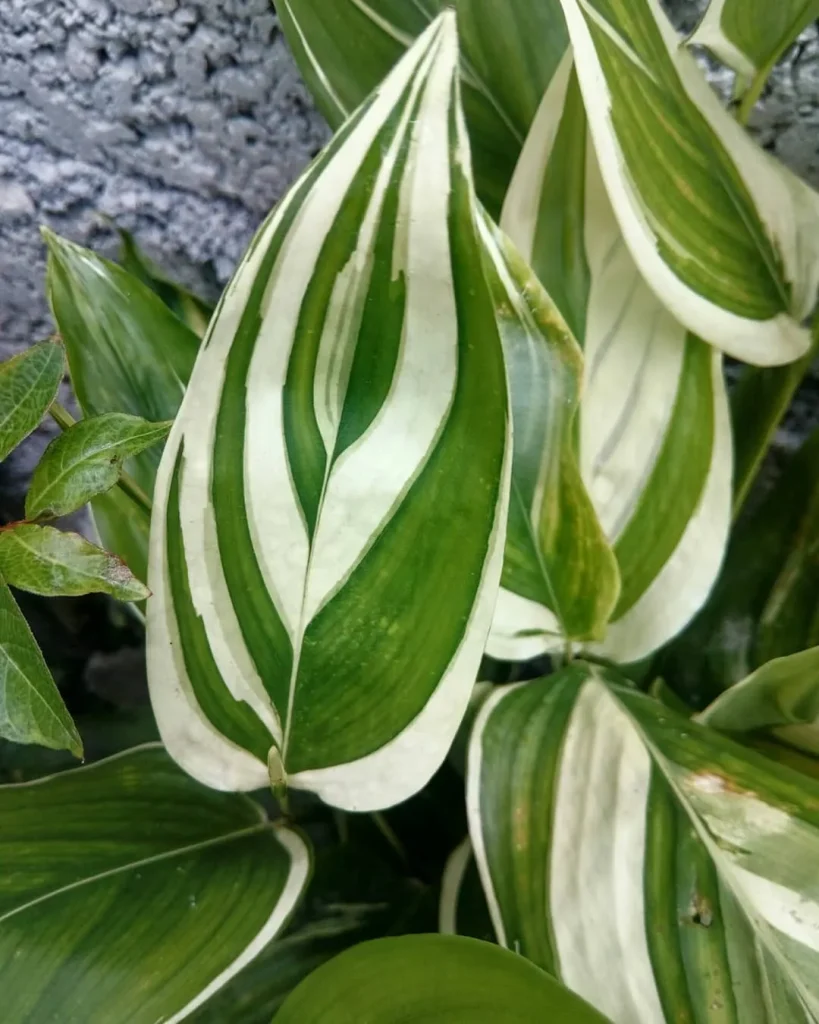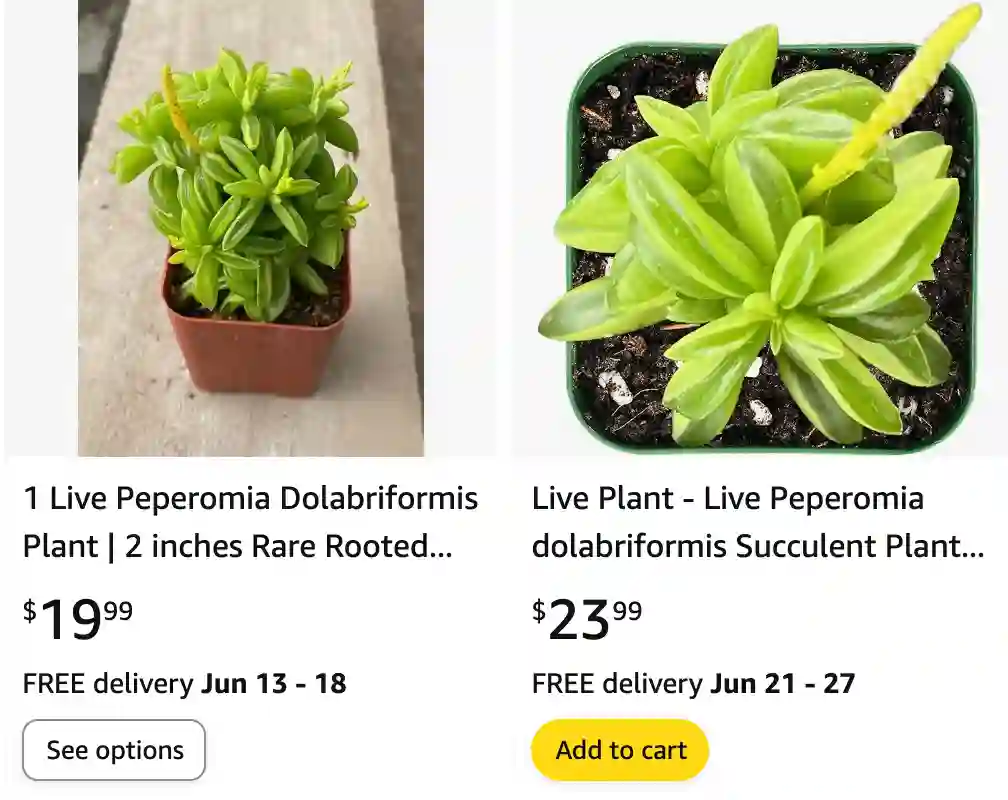
The Alluring Peperomia Dolabriformis: A Low-Maintenance Delight
My fascination with houseplants began with a single, unassuming Peperomia dolabriformis. Often called the Prayer Pepper due to its unique, folded leaves, this little succulent quickly stole a place on my windowsill. Unlike the temperamental orchids I’d previously attempted, the Peperomia dolabriformis thrived with minimal effort. Its compact size and charming looks make it a perfect choice for any plant enthusiast, beginner or seasoned.
1424 Species in Genus Peperomia
What is Peperomia Dolabriformis?
Hailing from the cloud forests of Ecuador and Peru, the Peperomia dolabriformis is a member of the Piperaceae family, alongside black pepper. But unlike its fiery cousin, this peperomia boasts a visual feast. Its plump, fleshy leaves, resembling miniature purses, come in a vibrant lime green hue. A closer look reveals a fascinating detail – a darker green stripe running lengthwise, adding depth and intrigue. These cupped leaves, some say, resemble praying hands, giving rise to the nickname “Prayer Pepper.” Peperomia dolabriformis growth is slow and steady, rarely exceeding 10 inches in height. This characteristic makes it ideal for terrariums or as an accent plant on a desk or bookshelf.
Peperomia Dolabriformis vs Axillaris
Having grown Peperomia Dolabriformis and Axillaris side by side, I find Dolabriformis’s thicker, almost succulent leaves fascinating compared to the more delicate, elongated leaves of Peperomia Axillaris.
Peperomia Dolabriformis vs Asperula
Between Peperomia Dolabriformis and Peperomia Asperula, I prefer the Dolabriformis for its unique leaf shape and vibrant green color, whereas Asperula’s finer texture adds a subtler charm to my collection.
How to care for Peperomia Dolabriformis?
While the Peperomia dolabriformis is undeniably forgiving, providing the right care will ensure it flourishes. Here are some key things to remember:
Light: Think dappled sunlight or bright, indirect light. Harsh afternoon sun can scorch the delicate leaves.
Water: This little succulent thrives on neglect when it comes to watering. Allow the soil to dry completely between waterings. Overwatering is the leading cause of Peperomia dolabriformis demise. Aim for a deep watering when the soil is dry, allowing excess water to drain freely from the pot.
Soil: Well-draining soil is crucial. A mixture specifically formulated for cacti and succulents is ideal. You can also create your own by combining potting mix with perlite or coarse sand for added drainage.
Temperature and Humidity: Average room temperatures (between 65-75°F) are perfect. While Peperomia dolabriformis tolerates average household humidity, it appreciates a slight boost, especially during dry winter months. A pebble tray filled with water placed near the pot can help increase humidity levels.
Propagating Your Peperomia Dolabriformis
Sharing the joy of Peperomia dolabriformis is easy with propagation. There are two main methods:
- Leaf cuttings: Select healthy leaves and snip them just below the node (the small bump where the leaf meets the stem). Plant the leaf petiole (stem) down in a pot with moist succulent mix. Keep the soil slightly moist and provide bright, indirect light. New growth should emerge from the base of the petiole in a few weeks.
- Stem cuttings: Choose a healthy stem with a few nodes and cut it just below a node. Remove the lower leaves and plant the stem in a pot with well-draining soil. Water lightly and keep the soil slightly moist. New shoots should appear from the nodes within a few weeks.
Peperomia Dolabriformis: A Charming Companion Plant
The Peperomia dolabriformis’ compact size and understated elegance make it a versatile companion for other houseplants. Here are a few suggestions:
- Ferns: The delicate fronds of ferns complement the Peperomia dolabriformis’ plump leaves beautifully. Both plants appreciate similar light and humidity conditions.
- Air Plants (Tillandsia): Create a miniature terrarium by housing Tillandsia with your Peperomia dolabriformis. Tillandsia absorb moisture from the air, so their watering needs won’t clash with your Peperomia.
- Begonias: Certain Begonia varieties, particularly those with Rex Begonia foliage, create a stunning contrast with the Peperomia dolabriformis’ simple form.
With its easy-going nature and captivating looks, the Peperomia dolabriformis is a houseplant gem. So, why not invite this little wonder into your home and experience the joy of cultivating this unique botanical treasure?
If i die, water my plants!
